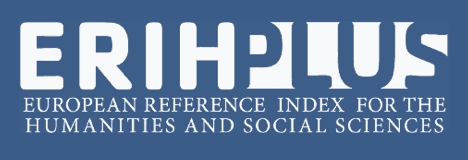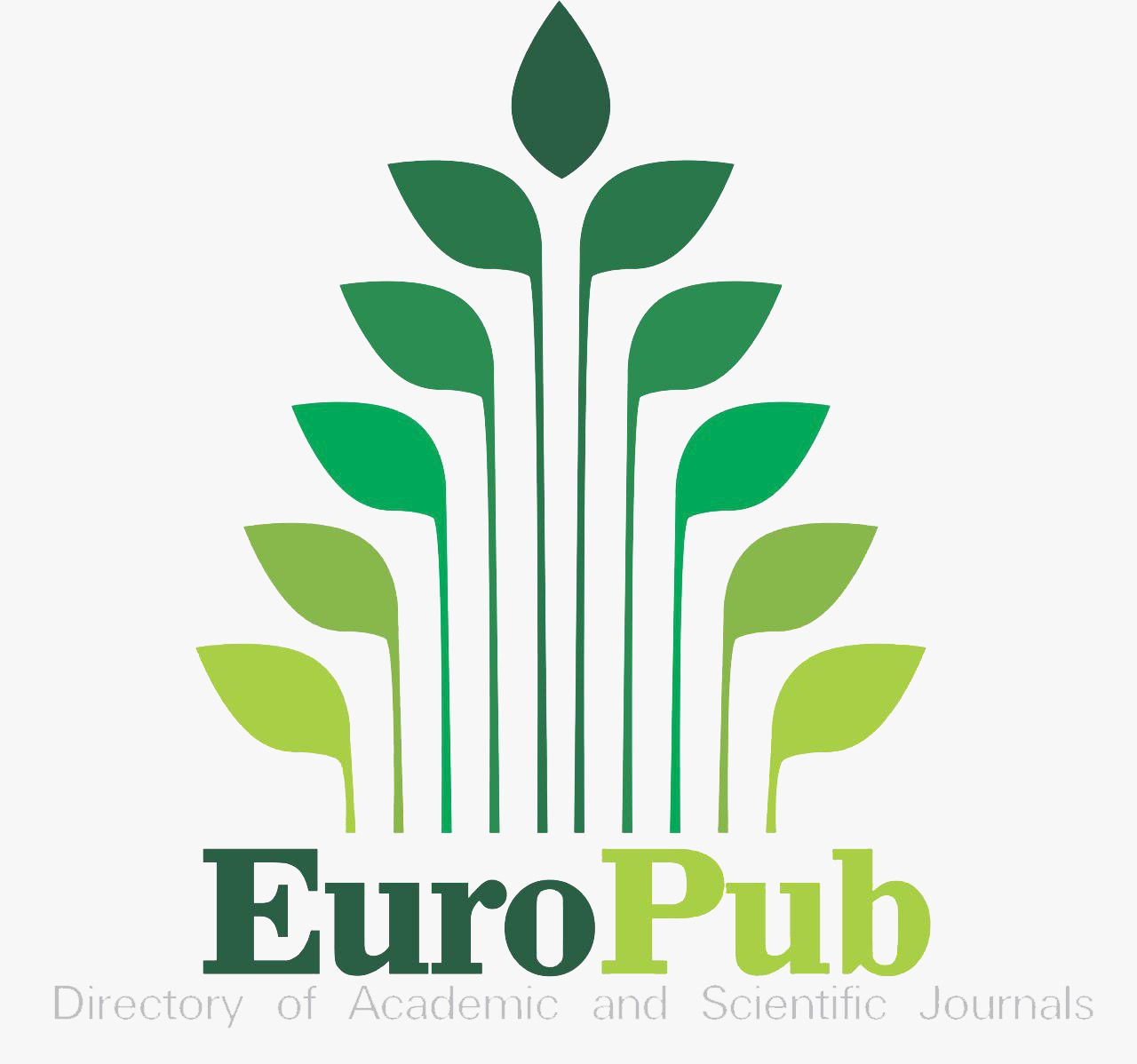Economic Contribution of Sustainable Tourism Development in Bangladesh
Abstract
The current research paper examines the tourist exports and arrivals, thus Bangladesh’s foreign exchange income and expenditure. To reach a meaningful conclusion, the study is quantitative in nature but descriptive in style. Both primary and secondary sources of data have been used. The researcher conducted a field survey through a structured questioner and informal discussions. Secondary data have also been collected from different organizations. The earnings from tourism exports were BDT 11.1bn in 2016. The number of tourists forecasted to 23.9bn in 2027, which will be generated BDT 25.64bn. The contribution of tourism exports of Bangladesh is not satisfactory. The highest value of tourist exports over the last 10 years was 0.73% of total export in 2005, which requires less expenditure but higher foreign currency earnings. The direct contribution of travel and tourism to the GDP of Bangladesh was 2.2% of total GDP in 2016. The capital investment scenario of the tourism sector of Bangladesh is optimistic, which was 72.5bn in 2016. It is forecasted to rise by 9.5% over the next 10 years, and the amount will be BDT 201.8bn in 2027. This study principally analyzed the economic contributions of travel and tourism in Bangladesh. Bangladesh’s tourism industry, with its enormous potentials, is striving to reach a satisfactory level to play the expected role in the economy of the country. Tourist exports or currency spent of tourists from foreign counties to Bangladesh can be the main cash cow of immediate benefaction for this country from the tourism sector. Although the world tourism businesses are booming and almost imperceptibly it has become single fastest-growing sector industries in the world.

This work is licensed under a Creative Commons Attribution-NonCommercial 4.0 International License.













.jpg)








